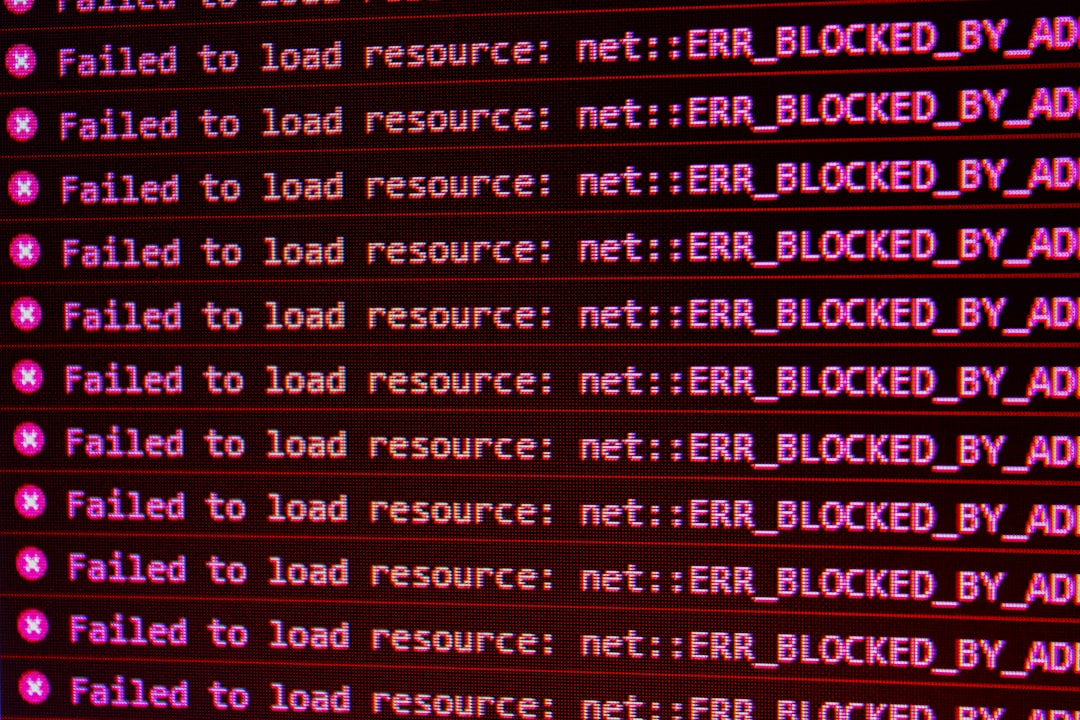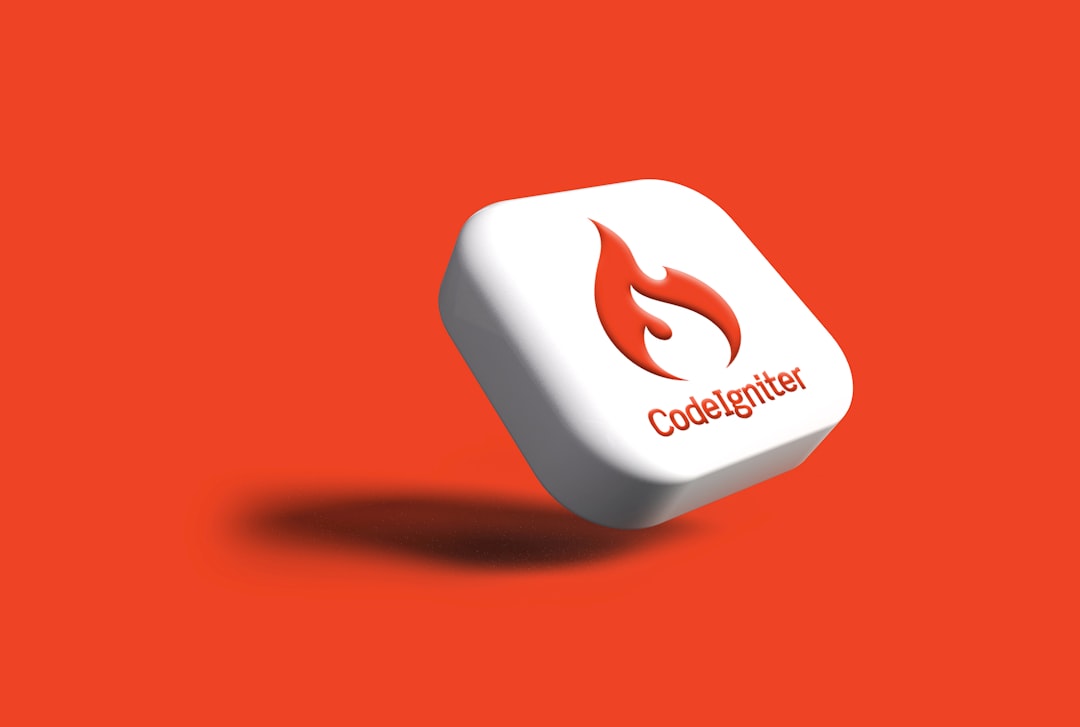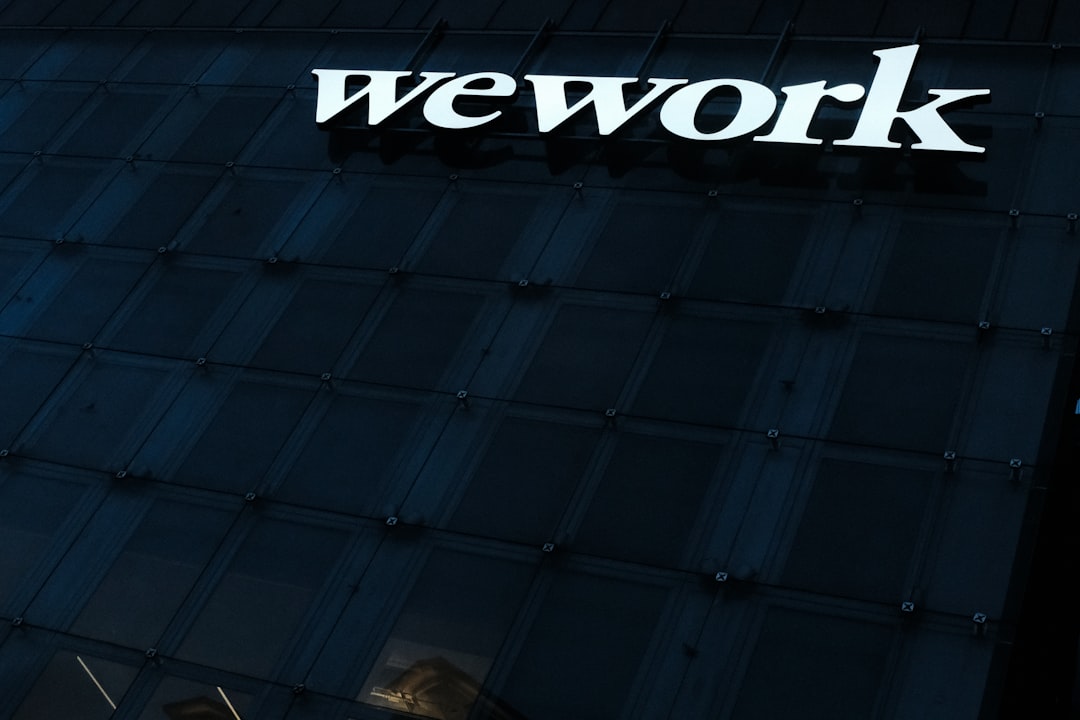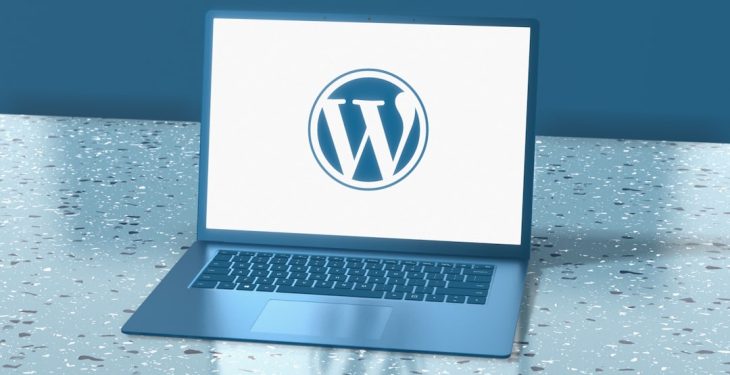Ever tried to visit your WordPress website and BAM — you see a big, scary “502 Bad Gateway” error? Yeah, it’s annoying. But don’t worry. It happens to the best of us, and it’s usually not as bad as it looks.
This error is like a miscommunication between servers. One server expected something — but didn’t get it. Let’s break down why it happens, and what could be causing it on a WordPress site.
What is a 502 Bad Gateway error?
In simple terms, a 502 error means your browser asked for a page, but it didn’t get a proper response from the server. So it throws up its hands and gives you the 502 message.
The problem could be on your end, or on the host’s side. Or somewhere in between!
Common Causes of a 502 Bad Gateway Error (Especially on WordPress Hosting)
1. Server Overload
Sometimes too many visitors hit your site at once. If your hosting plan isn’t strong enough to handle them all, your server might get overwhelmed.
It’s like ordering pizza for 3 people, but 30 show up. Chaos!
Solution: Consider upgrading your hosting or using a content delivery network (CDN) to spread the load.
2. Faulty Plugins or Themes
A poorly coded plugin or theme can mess things up. Especially if it tries to do something your server can’t handle.
Sometimes, these plugins cause timeouts or send weird responses that confuse your server.
Solution: Try disabling all plugins. Then, turn them back on one at a time to find the troublemaker.
3. PHP Timeout or Errors
WordPress runs on PHP. If a PHP script runs for too long (like a big import or a heavy plugin task), it may time out.
That tells the server, “I give up!” and boom — 502 Error.
Solution: Increase your PHP timeout settings or fix slow-loading scripts.
4. Server Communication Issues
Your WordPress site probably uses multiple layers: like Nginx in front and Apache or PHP-FPM behind it.
If these layers can’t talk to each other correctly — maybe one crashed or restarted — the result is the same sad error.
Solution: This one’s on your web host. Reach out to support if you suspect a deeper server issue.

5. DNS Problems
Just changed your domain or updated DNS settings? It may take some time to fully update across the internet.
While that’s happening, your browser might be asking the wrong server. The poor guy has no idea what you want and shows the 502 error.
Solution: Wait it out. DNS changes can take a few hours to a day. You can also try flushing your DNS cache.
6. CDN or Firewall Issues
If you’re using services like Cloudflare or Sucuri, they handle traffic between your users and your website.
But if something breaks between your site and the CDN, bad things happen. Like… you guessed it — 502.
Solution: Temporarily turn off your CDN or firewall to see if it fixes things.

7. Bugs in .htaccess File
The .htaccess file is a tiny file that carries big power. Mess it up, and your server might cry.
It can cause redirection loops, bad permissions, or denied access that result in a gateway error.
Solution: Rename it to something like .htaccess_old and see if your site works. WordPress will usually create a fresh one.
How to Troubleshoot the Error
Here are some quick steps when you’re staring down that 502 message:
- Refresh the page — Maybe it was just a hiccup.
- Clear your browser cache — Old, stored errors can stick around.
- Try a different browser or device — Check if it’s a local issue.
- Disable plugins/themes — Especially recent ones you changed.
- Contact your host — They can peek behind the curtain.
Final Thoughts
A 502 Bad Gateway error feels like a mystery at first. But once you understand the signs, it becomes easier to fix. Most of the time, it’s just a small glitch — not a giant disaster.
Take a breath, follow the steps, and soon your site will be back online and happy again!

